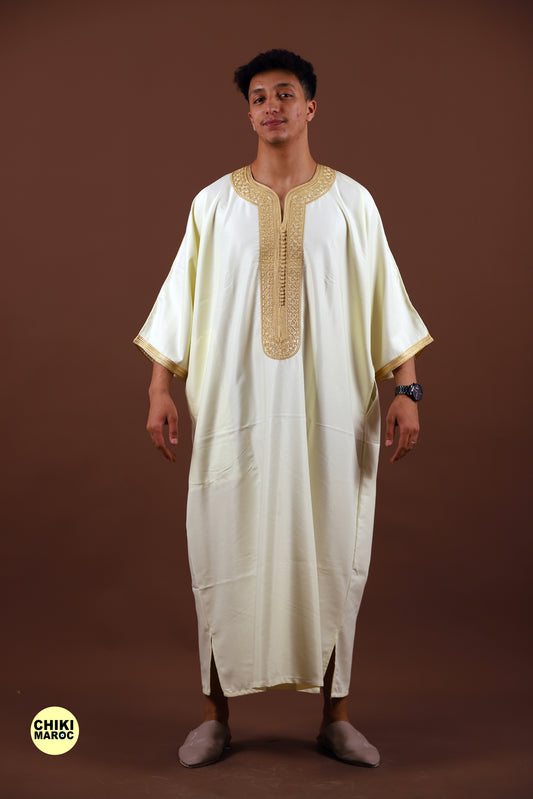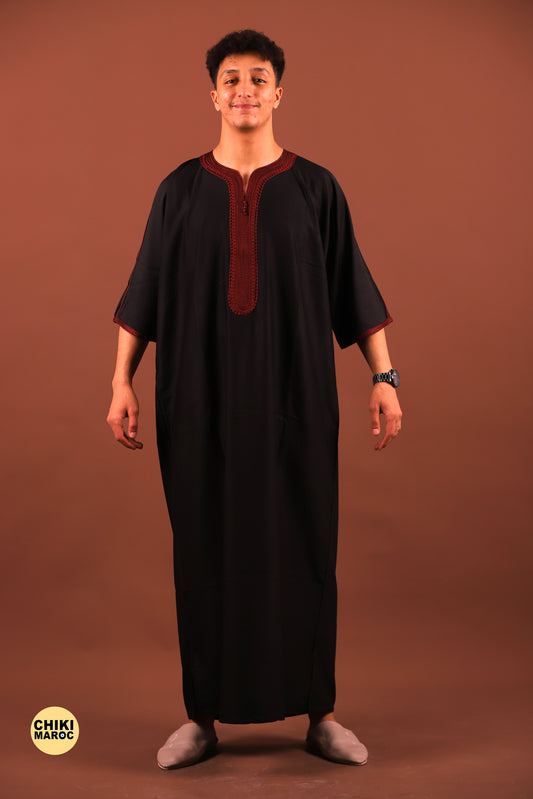In Islam, the attire for women holds significant cultural and religious importance, reflecting values of modesty, dignity, and respect. The dress worn by Muslim women varies across different regions and cultures, influenced by Islamic teachings, local customs, and personal choices. This article explores the diverse garments worn by women in Islam, commonly known as the hijab and other traditional dresses, shedding light on their meanings and significance.
Understanding Modesty in Islamic Attire
Modesty in attire is a central tenet of Islam, promoting humility, dignity, and respect for oneself and others. Islamic teachings encourage both men and women to dress modestly, with specific guidelines outlined in the Quran and Hadith (sayings of Prophet Muhammad).
The Hijab: Symbolism and Styles
-
Definition: The hijab refers to a headscarf worn by Muslim women to cover their hair and neck, typically accompanied by modest clothing that covers the body.
-
Symbolism: For many Muslim women, wearing the hijab symbolizes obedience to God's commandment of modesty and serves as an expression of faith and identity. It signifies adherence to Islamic principles while honoring cultural traditions.
Variations of Islamic Dress
-
Abaya: A loose-fitting, full-length outer garment worn by some Muslim women, often worn with a headscarf or hijab. The abaya varies in style and design, reflecting regional differences and personal preferences.
-
Kaftan and Caftan: These are traditional dresses worn in various Muslim-majority regions, known for their loose and flowing design, often embellished with intricate embroidery or patterns.
Cultural Influences on Islamic Attire
The dress for women in Islam is influenced by diverse cultural practices and regional interpretations of modesty. While some women may choose to wear the hijab and abaya as a religious obligation, others may adopt them as a cultural practice or personal choice to reflect their faith and identity.
Religious Significance and Personal Choice
Islamic teachings emphasize the importance of personal choice and intentionality in matters of religious practice, including attire. Women are encouraged to dress modestly while respecting cultural norms and societal expectations, fostering a sense of community and mutual respect.
Conclusion
In Islam, the dress for women encompasses a spectrum of styles and variations that reflect cultural diversity, personal beliefs, and interpretations of modesty. Whether wearing the hijab, abaya, kaftan, or other traditional garments, Muslim women embrace these choices as expressions of faith, identity, and cultural heritage.




